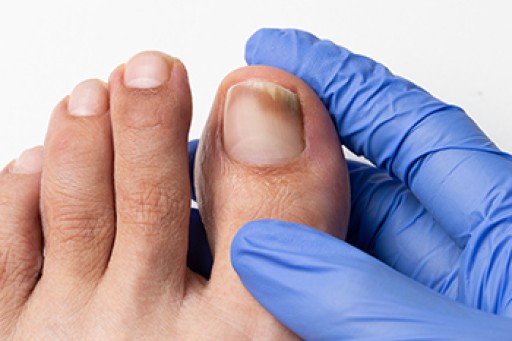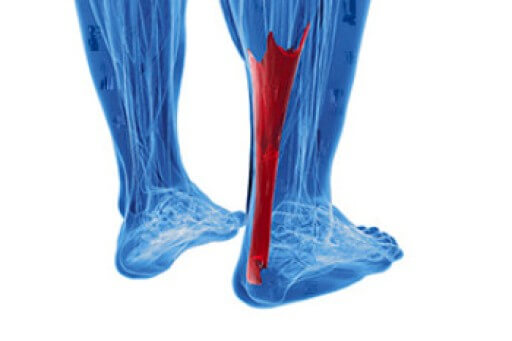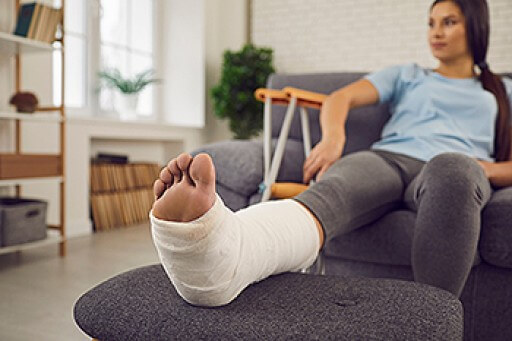
Toenail fungus, clinically known as onychomycosis, is a prevalent ailment characterized by the invasion of fungi into the toenail, leading to discoloration, thickening, and a brittle texture. This condition primarily results from the overgrowth of dermatophytes, yeasts, or molds, often thriving in warm and moist environments. Individuals with compromised immune systems, poor circulation, or a history of nail injuries are more susceptible. Furthermore, shared spaces like public showers and swimming pools contribute to the spread of these fungi, making preventive measures vital. Additionally, wearing tight-fitting shoes or using communal nail care tools can create an ideal breeding ground for toenail fungus. Understanding the definition and causes empowers individuals to adopt proper foot hygiene practices and seek timely treatment, ensuring healthier and fungus-free toenails. If you have developed this unsightly foot condition, it is suggested that you consult a podiatrist who can offer you the correct treatment, which may include prescribed medicine.
For more information about treatment, contact the podiatrists of Boston Common Podiatry. Our doctors can provide the care you need to keep you pain-free and on your feet.
Toenail Fungus Treatment
Toenail fungus is a condition that affects many people and can be especially hard to get rid of. Fortunately, there are several methods to go about treating and avoiding it.
Antifungals & Deterrence
Oral antifungal medicine has been shown to be effective in many cases. It is important to consult with a podiatrist to determine the proper regiment for you, or potentially explore other options.
Applying foot powder on the feet and shoes helps keep the feet free of moisture and sweat.
Sandals or open toed shoes – Wearing these will allow air movement and help keep feet dry. They also expose your feet to light, which fungus cannot tolerate. Socks with moisture wicking material also help as well.
If you have any questions please feel free to contact our office located in Boston, MA . We offer the newest diagnostic tools and technology to treat your foot and ankle needs.












